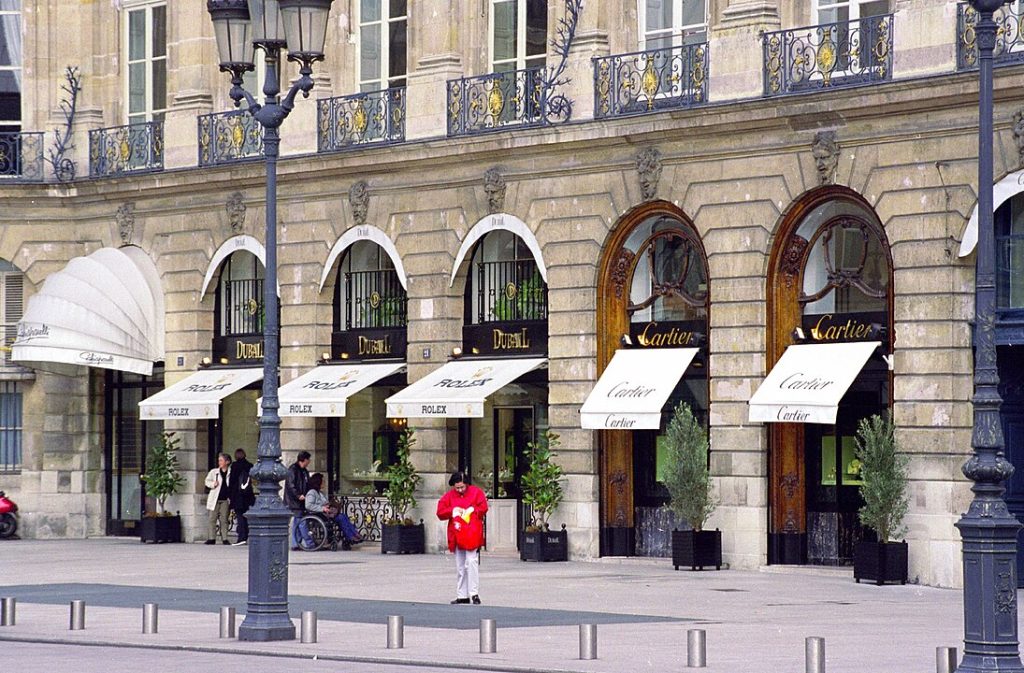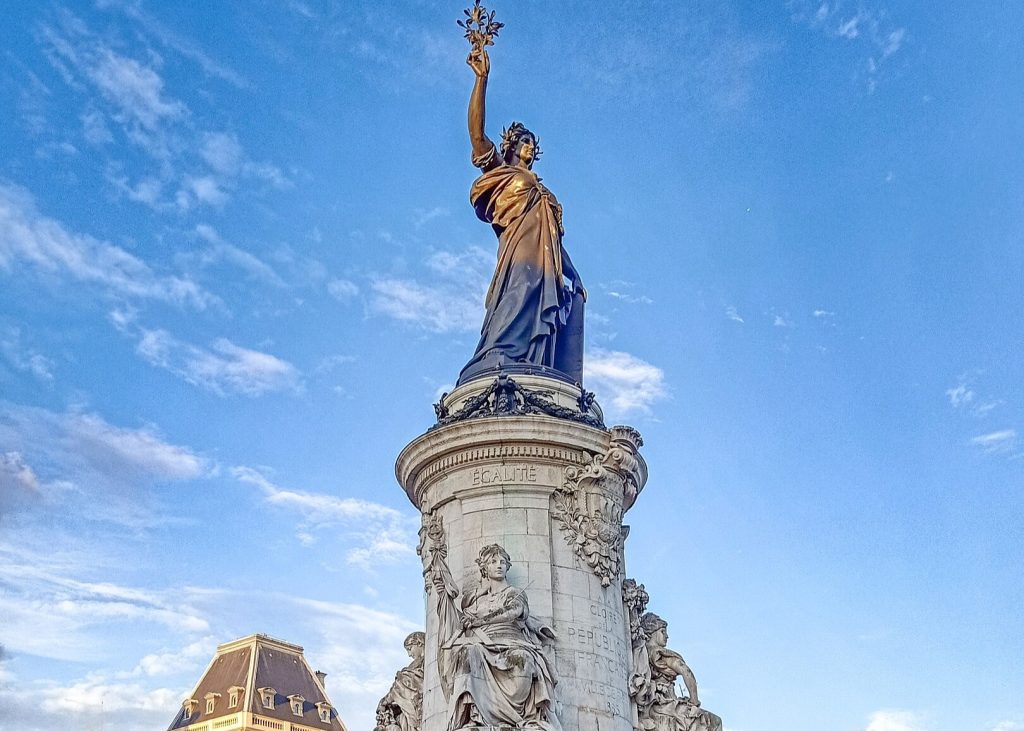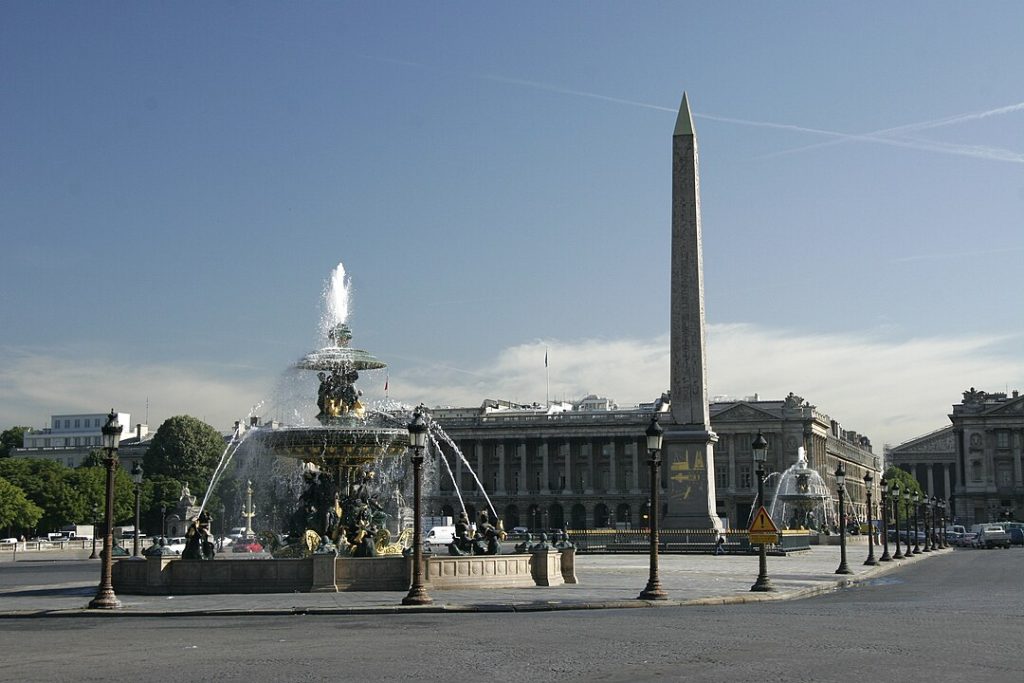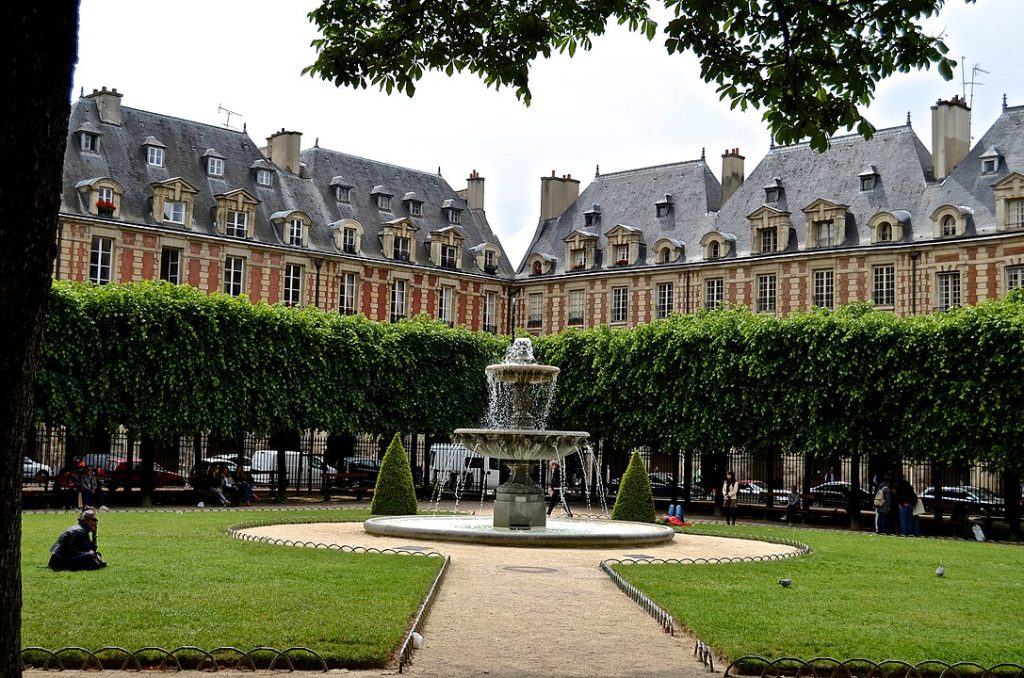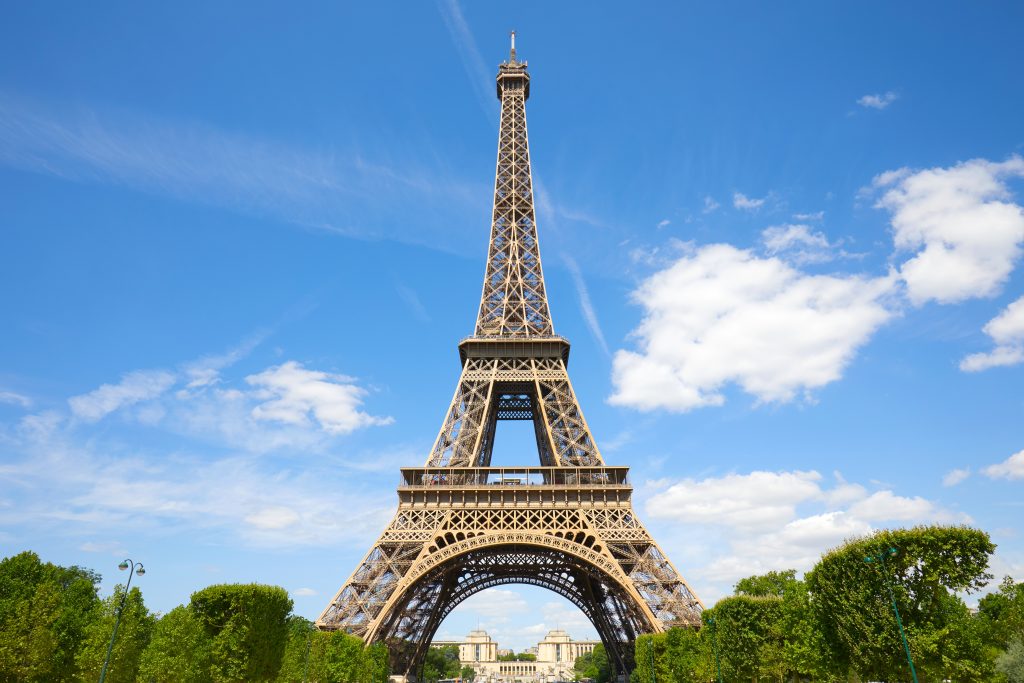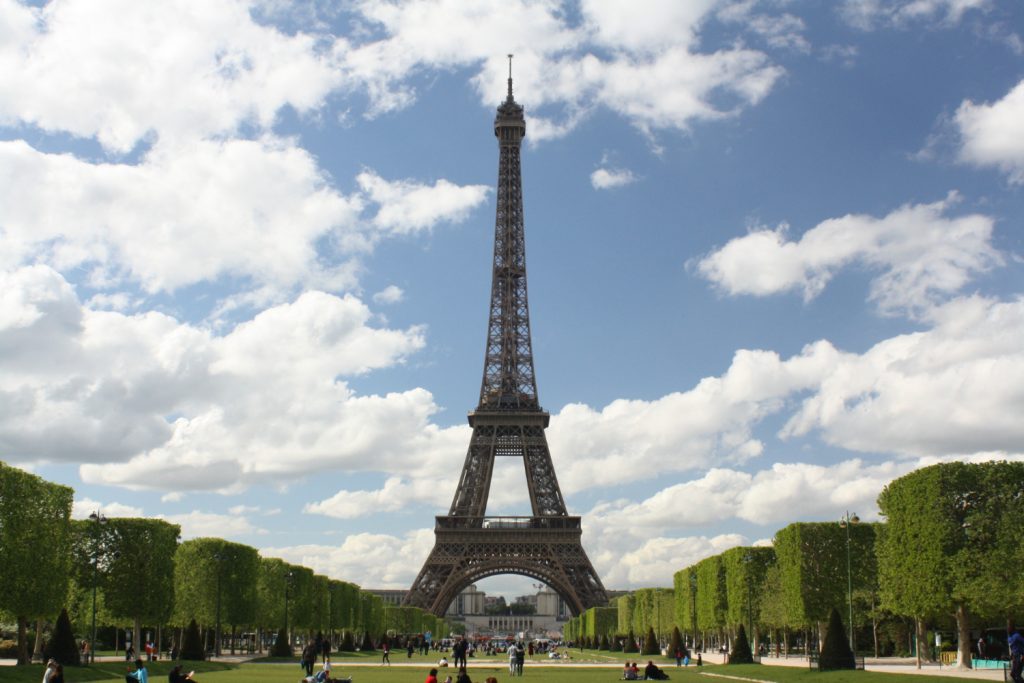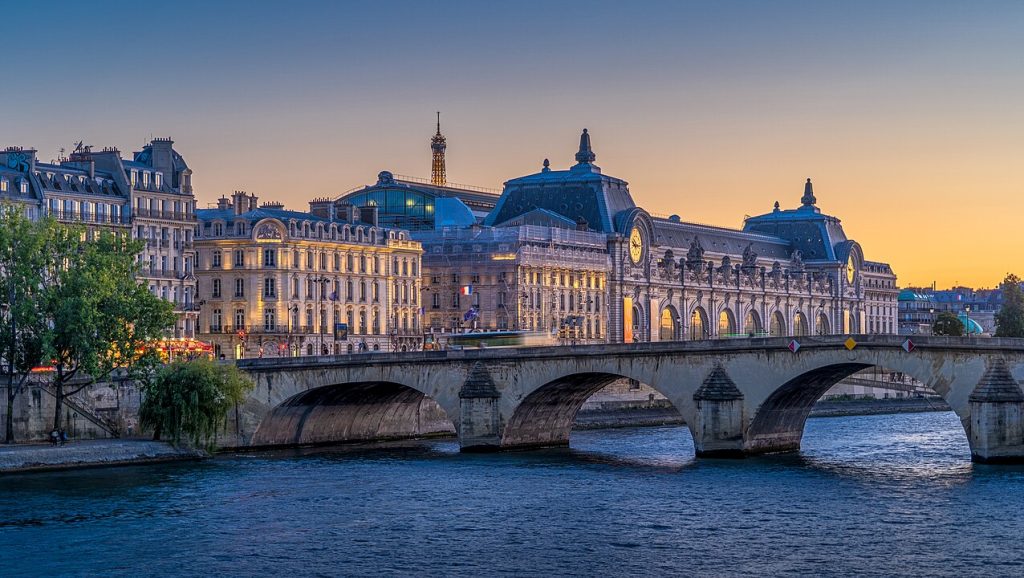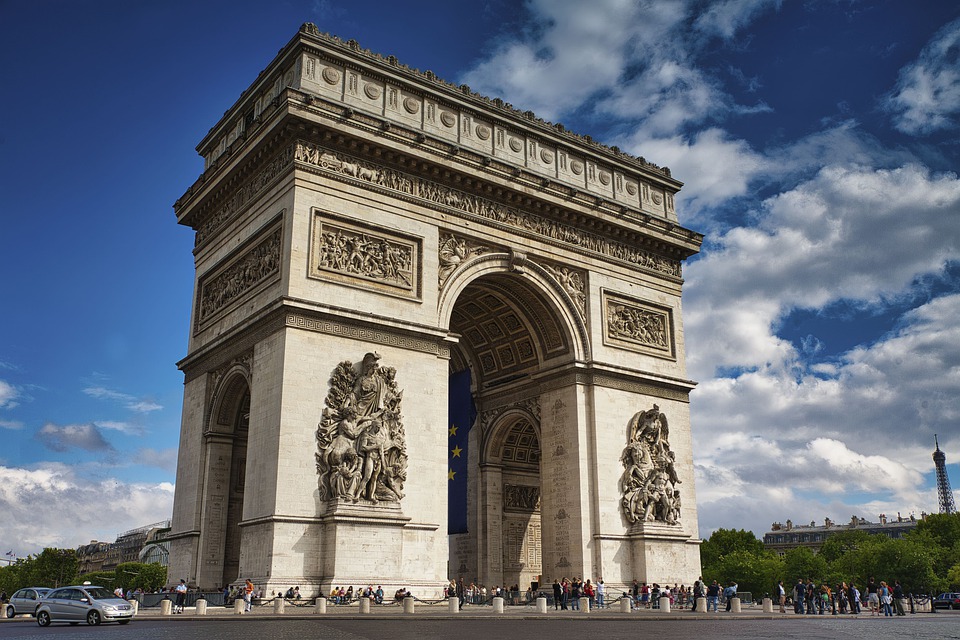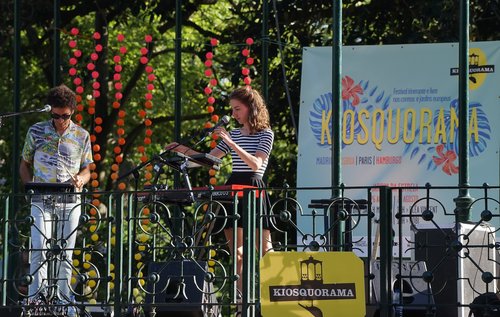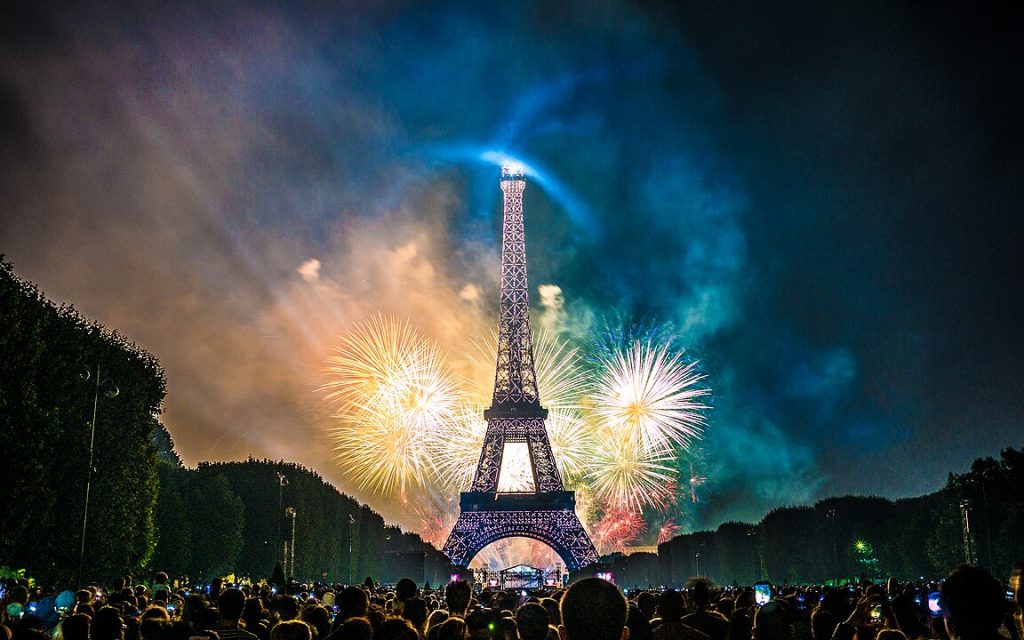- 1️⃣ A brief history of Montmartre - from the hill of martyrs to the capital of bohemia
- 2️⃣ Cafés, absins and cabarets - Montmartre in the Belle Époque era
- 3️⃣ Sacré-Cœur Basilica - a white pearl above the rooftops of Paris
- 4️⃣ Place du Tertre - open-air art
- 5️⃣ Hidden streets and steps of Montmartre - Paris that only insiders know
- 6️⃣ Artists' homes - walls that have seen genius
- 7️⃣ Contemporary Montmartre - a balance between authenticity and tourism
- 8️⃣ Where to feel the climate - cafes, bistros and places with soul
- 9️⃣ Montmartre on screen and in literature - a neighborhood that inspires
- 🔟 Practical advice - when is the best time to go, what to avoid, what to take?
- 🧳 Summary - Montmartre, which stays in the heart.
- 📍 Attractions in the area
- 🔗 Articles similar in subject matter
- 🔥 Most popular articles in the last week
- 💬 Opinions
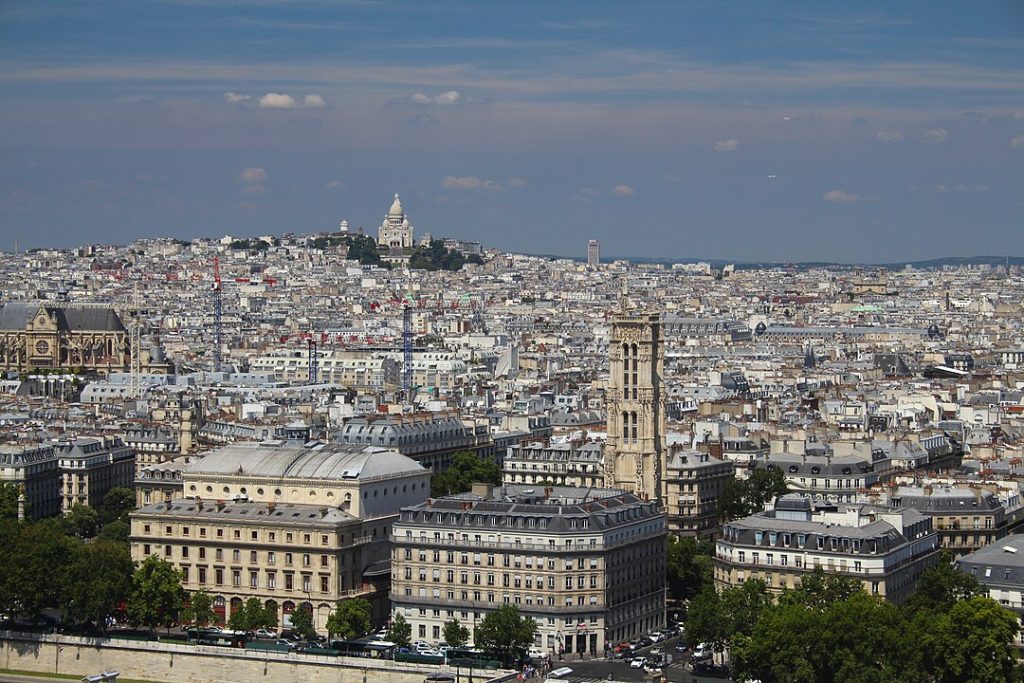
There is no other place like it in Paris. Montmartre is a hill that has attracted dreamers, outsiders and imaginative people for years. It was here that masterpieces were created, new art trends were born and rebellion against the rigid everyday life of the city smoldered. But Montmartre is not only history - it is lively neighborhood, where the past is intertwined with the present on every cobblestone street.
Is it worth going there? Definitely. But it's better not just to go - it's better to get a little lost there. Because this is when Montmartre shows its true face: not the one from postcards and brochures, but the one you remember all your life.
1️⃣ A brief history of Montmartre - from the hill of martyrs to the capital of bohemia
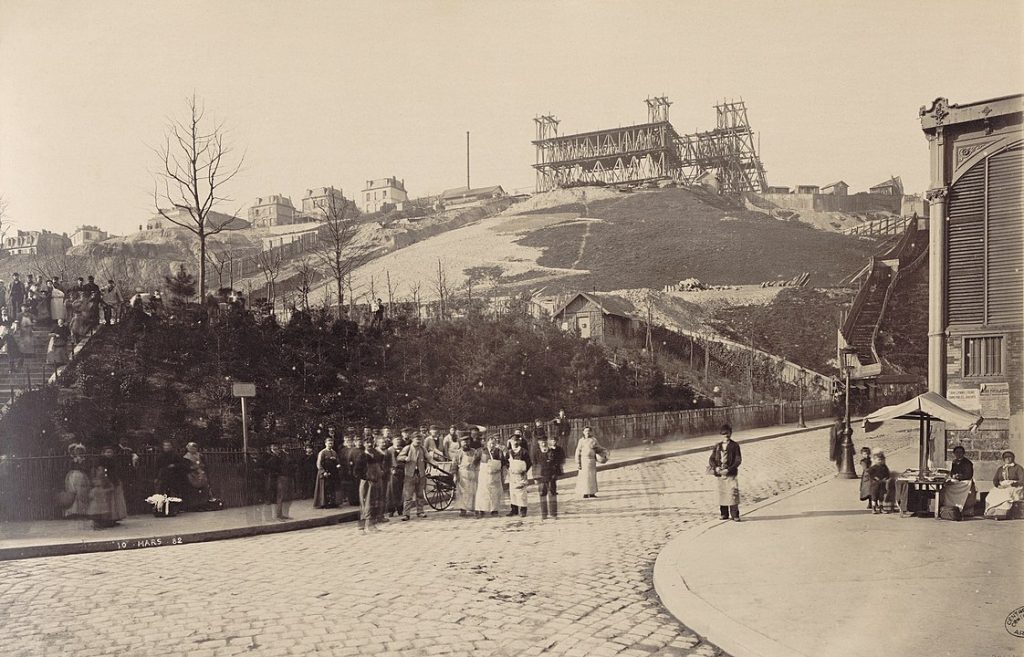
📜 It started with a legend and silence
Once upon a time, Montmartre was a small village outside the walls of Paris - With vineyards, windmills and tranquility. But it was here, according to legend, that St. Dionysius was beheaded... to pick up his own head and move on. This is where the name comes from: "Mons Martyrum" - hill of the martyrs.
🎨 Then the artists came and changed everything
In the 19th century, Montmartre became a an asylum for poor, free artists. Cheap rooms, an uninhibited atmosphere and proximity to nature attracted painters, poets and rebels. It was here Picasso painted in a wooden shed, a Modigliani and Utrillo They wandered around with a bottle in their hand and a sketchbook under their arm.
Montmartre is no longer a village - became a symbol of freedom and bohemia. The district in which no rules applied, it was bustling with life, nightlife and art. And although today it attracts mostly tourists, the spirit of the old days still hovers in the air.
2️⃣ Cafés, absins and cabarets - Montmartre in the Belle Époque era
🍽️ Dreaming of dining with a view of the Eiffel Tower? Check out the best establishments with a panoramic view of the city:
👉 Restaurants and sightseeing bars in Paris
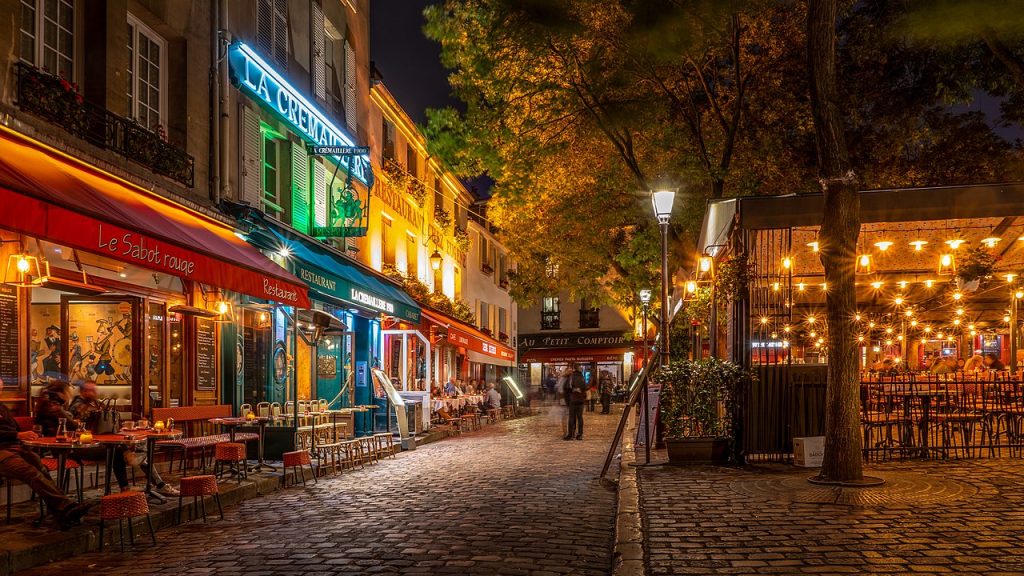
🍷 Instead of galleries - cafes, instead of museums - cabarets
At the end of the 19th century, Montmartre was alive at night. Those were not the days of quiet studios, just an intense exchange of ideas over wine, absinthe and cigarettes. At Café Guerbois or Lapin Agile, the creators talked for hours. Sometimes they argued, sometimes they fell in love - but have always created something new.
💃 The birth of cabaret - a place where art met madness
W Moulin Rouge, Le Chat Noir and other venues swarmed with artists, singers, freaks and dreamers. Toulouse-Lautrec sketched dancers on napkins, and songs sung at the piano became a manifesto of freedom. Cabaret was a stage for everyone - including those who were not wanted anywhere else.
Montmartre during the Belle Époque era was full of contrasts: Poor, but creative; dirty, but beautiful; crazy, but true. And maybe that's why he became a legend.
3️⃣ Sacré-Cœur Basilica - a white pearl above the rooftops of Paris
🔎 If you want to know more places with beautiful panoramic views of the city - take a look at our list:
👉 Viewpoints and terraces in Paris
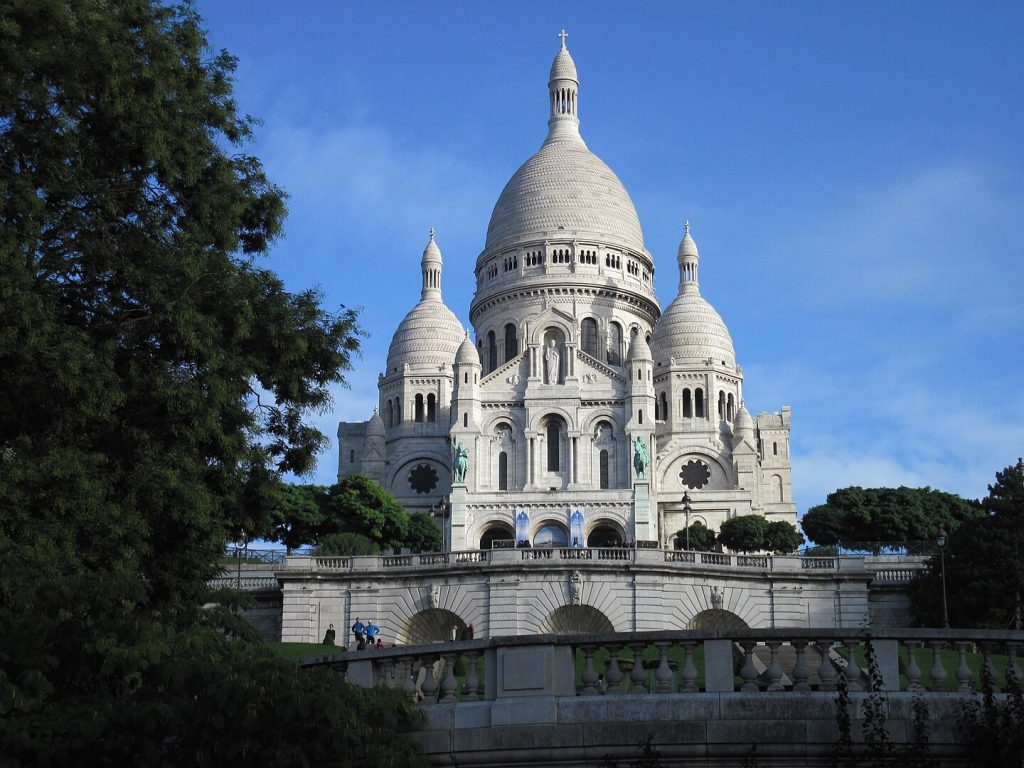
⛪ A symbol that was not meant to be artistic at all
When construction of the Sacré-Cœur began in the early 20th century, many Montmartre artists were... outraged. The temple was supposed to be a "moral reparation" after the fall of the Paris Commune - but for district residents was like A foreign element in a place where freedom mattered. Nevertheless, over time it has become an integral part of the hill's landscape.
🌄 A view that will take your breath away
The basilica rises at the very top of Montmartre, and the Its staircase offers one of the best views of Paris. On a clear day you can see the rooftops of the city, the Eiffel Tower and the smoke rising from the cafes. Regardless of the time - is a place that mesmerizes.
Although for some it is a place of prayer and for others just a vantage point - the Sacré-Cœur attracts everyone, who want to feel the magic of Montmartre from a slightly higher perspective.
4️⃣ Place du Tertre - open-air art
🎨 Love art, but don't want to spend a fortune? We have something for you:
👉 Top 10 - Free museums in Paris
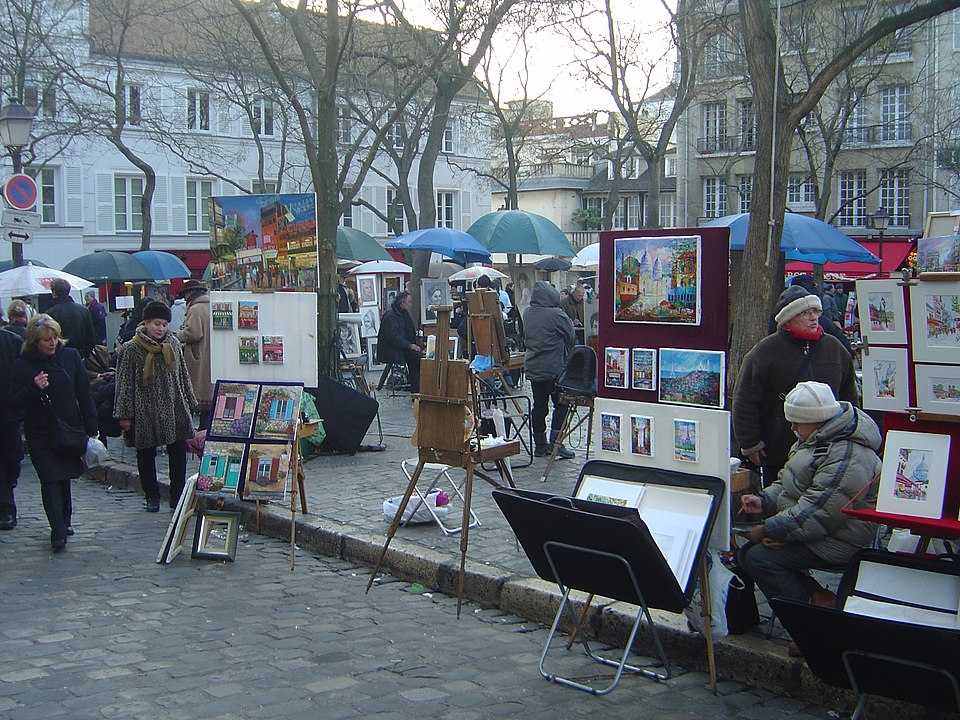
🎨 Gallery without walls, without ticket, without silence
Place du Tertre is the heart of Montmartre -. A small square full of easels, colors and conversations. Dozens of painters and portrait artists line up here every day and can draw your face in minutes or sell paintings that still smell of paint. This is one of the few places in Paris where art happens here and now.
🖌️ Continuing the tradition of the old masters
Although today it is difficult to find Picasso or Modigliani here, The spirit of the old days still hovers over the square. Many of today's artists are the children and grandchildren of those who created here back in the 20th century. Some have been here for decades - With the same armchair, hat and gaze full of history.
5️⃣ Hidden streets and steps of Montmartre - Paris that only insiders know
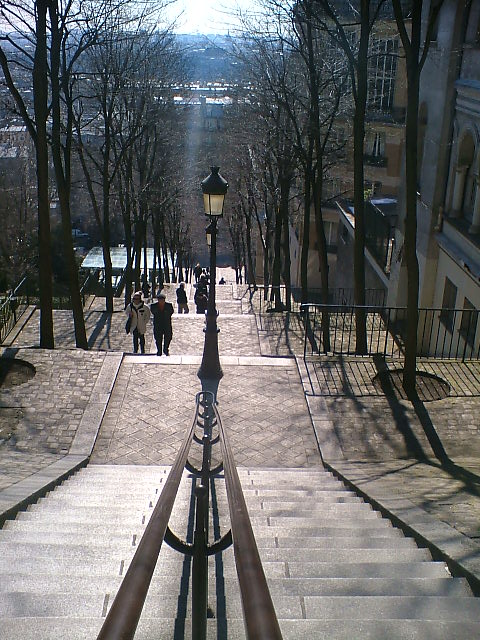
🪜 Stairs that lead to other times
Montmartre is not only famous viewpoints and squares - is primarily a network of narrow streets and winding staircasesThat lead nowhere ... and everywhere. Walking without a map, you can suddenly find yourself in a garden that looks like it came out of a movie, or by the wall of an ivy-covered house where no one has looked for years.
🚪 Get lost to discover the most
The most beautiful Montmartre begins where the crowds end. Rue de l'Abreuvoir, Rue des Saules, Passage de la Sorcière - These are not places from guidebooks, but right here you feel the real Paris. Time passes more slowly, and footsteps reverberate on the cobblestone pavement as if someone has walked this way before.... and returned.
Walking around these corners, you won't find museums or souvenir stores. But you will find something more - the silence, the shade of the vines and that one, unmistakable moment when Montmartre speaks to you in a whisper.
6️⃣ Artists' homes - walls that have seen genius
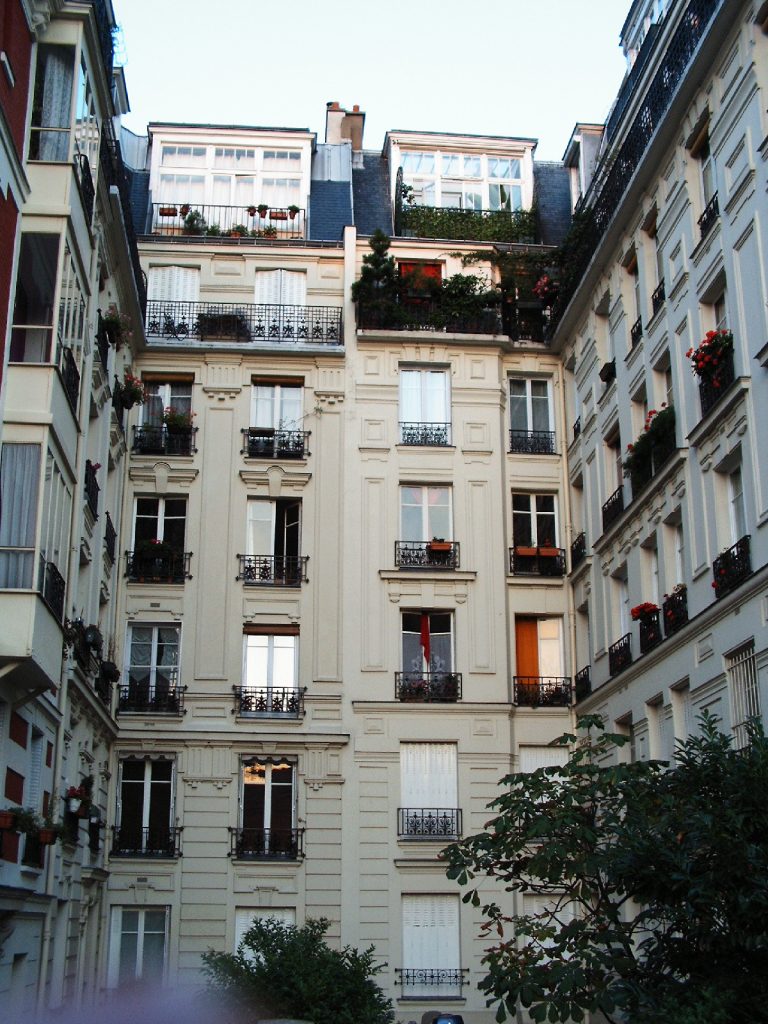
🏠 This is where legendary artists really lived
Montmartre is a neighborhood where walls have memory. You only have to look at the old, inconspicuous townhouses to know that something great has been created behind those doors. Picasso lived in the Bateau-Lavoir, a ruined wooden building resembling a boat on land. It was there that the famous "Virgins of Avignon" and ... all Cubism was created.
🎭 Every address has a story
In one villa Renoir created for years, in another sat Erik Satie. There are no neon signs, but there are traces: old windows, walls covered with time, silence in the courtyards. You walk past and get the feeling that someone has just closed the door behind them, leaving a canvas spread out on the table.
7️⃣ Contemporary Montmartre - a balance between authenticity and tourism
📅 Planning a longer stay and want to squeeze as much as possible out of Paris? Take a look here:
👉 How to visit Paris in 3 days? - Sightseeing plan
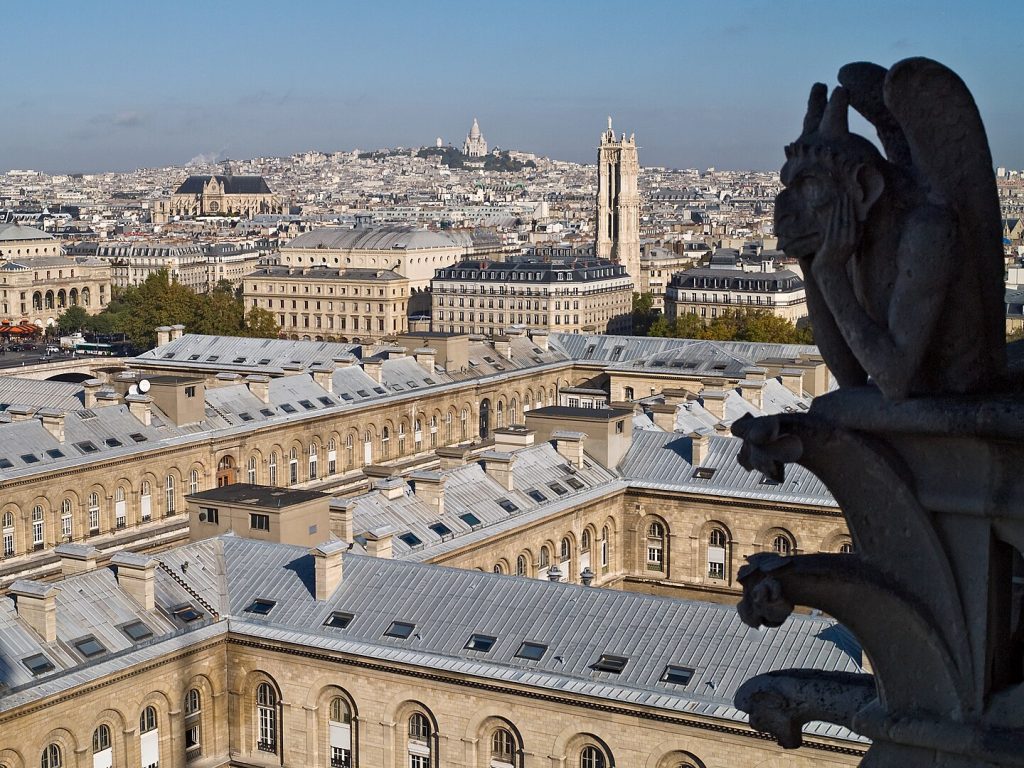
📸 Between the magnet and the painter
Today's Montmartre is a place full of contrasts. On the one hand - cafes with soul, real artists, hidden backstreets. On the other - crowds of tourists, selfie sticks and souvenir stores made in China. It's hard to find silence on the steps of the Sacré-Cœur, but... just turn 30 meters to the side and you'll find yourself In a completely different world.
🧑🎨 The spirit of bohemia is not yet gone
Although much has changed, there are still people here who really create. Some artists have been painting in the Place du Tertre for several decades, while others have opened tiny galleries in back alleys where no one goes without an invitation. The real Montmartre exists - it just doesn't scream.
8️⃣ Where to feel the climate - cafes, bistros and places with soul
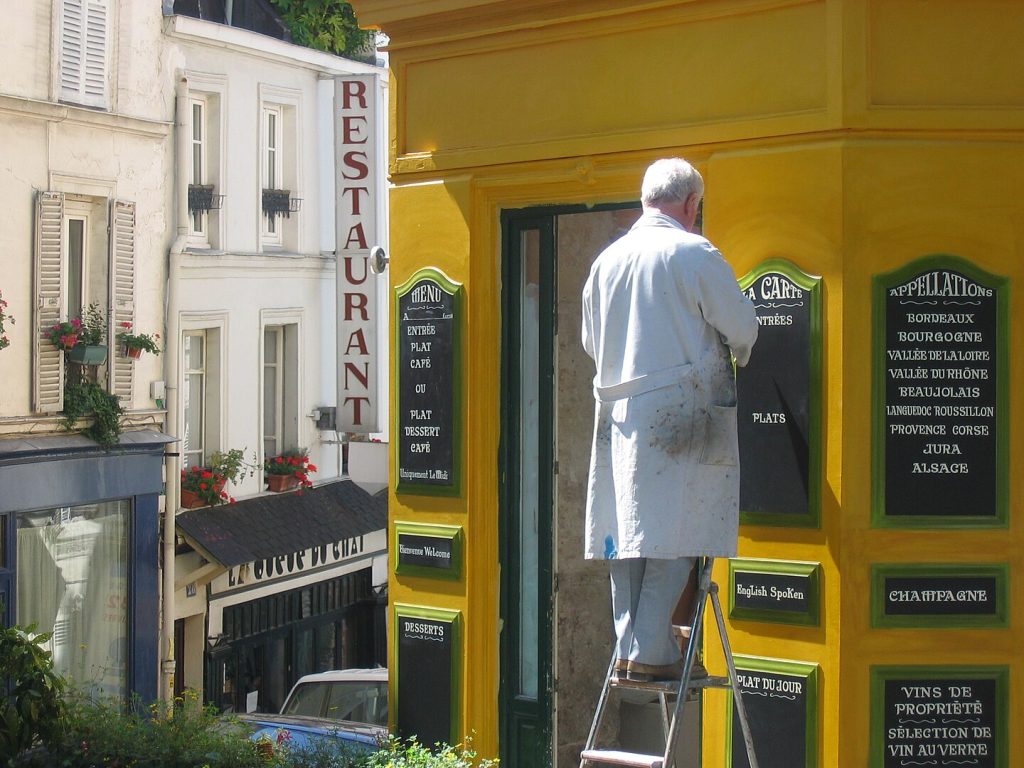
☕ It's not about the coffee, it's about the moment
Montmartre has no shortage of pubs - but only some really have a vibe. Small tables on a cobblestone street, an old teacup, the smell of croissant and a waiter who is in no hurry. It's not fast food - it's slow Paris.
🍷 Places where time has stopped
If you want to feel the real atmosphere of the district, sit down in such establishments as Le Consulat, Au Lapin Agile Or in an anonymous cafe without Wi-Fi. There may be painters sitting next to them, local seniors playing cards, or tourists who forgot they had somewhere to go. Because here you are not in a hurry - here you are.
9️⃣ Montmartre on screen and in literature - a neighborhood that inspires
🎬 Once a canvas, now a screen
Montmartre has always attracted artists, but today its magic also lives on in movies and books. The most famous example? "Amelia", whose pastel world and melancholy smile perfectly capture the atmosphere of the hill. But there were other films before that - black and white, poetic, rebellious. Each different, each in love with the same neighborhood.
📖 Writers also returned here
Montmartre appears in the novels of Zola, Apollinaire, Hugo,... Not as a background, but as a character - whimsical, mysterious, alive. Descriptions of cobblestone streets, evenings at the cabaret and conversations over wine sound as if little has changed.
🔟 Practical advice - when is the best time to go, what to avoid, what to take?
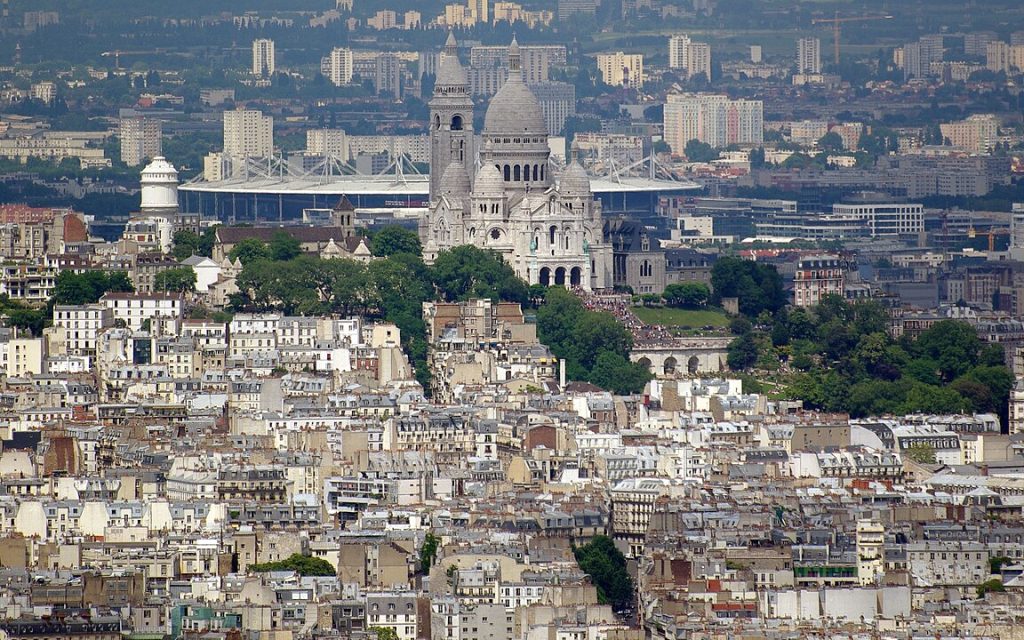
🕐 Avoid crowds - go early or... very late
The biggest mistake? Coming at high noon. Want to feel the magic of Montmartre? Get up before seven, before the Place du Tertre wakes up. Or come back in the evening, when the tourists have left and the hill becomes quiet again.
🚶 Shoes more important than camera
Montmartre is a maze of stairs, cobblestones and steep streets. Leave your stilettos at the hotel, take comfortable shoes and... just go. Without a plan, without a map - because that's when you hit the most beautiful places.
🎒 What to bring. Openness
Umbrella for sudden rain, cash for a sketch from a local artist and patience with crowds - it will come in handy. But the most important thing you can carry with you is. curiosity and time. Because Montmartre doesn't like to rush.
🧳 Summary - Montmartre, which stays in the heart.
Montmartre is not only one of the districts of Paris - it is a state of mind. A place where history meets art and the everyday is intertwined with magic. Here you walk the same streets as Picasso, inhale the smell of coffee in the same cafes as Lautrec, and stop in front of a view that has delighted everyone the same way for decades.
It's a neighborhood of contrasts: quiet and loud, beautiful and chaotic, romantic and brutally real. Montmartre cannot be described in a guidebook - it must be experienced: get lost, get enthralled, sit on the steps, look into the distance.
So, if you're looking for a place in Paris that really has a soul - the You already know where to go.

